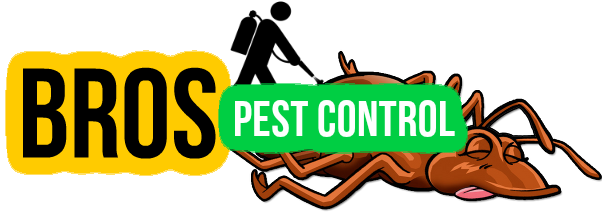Bee Removal Kansas City, KS | Yellow Jackets, Wasps, Hornets
Kansas City Bee Control & Extermination
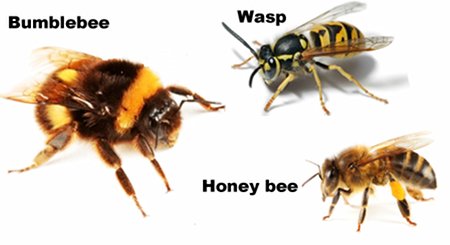 Bro’s Pest Control specializes in bee removal Kansas City, KS. Bro’s Pest Control is your connection to safe bee removal and extermination services in the Kansas City area. Exterminators within our network specialize in: wasp control, hornet control, bee swarm removal and bee removal. Pest control services can also include sealing off the entrances and exits, repairs from hive and damage, as well as traps. Bee’s can pose danger, especially if a loved one is allergic. Contact Bro’s Pest Control today to control your bee problem in the Kansas City area.
Bro’s Pest Control specializes in bee removal Kansas City, KS. Bro’s Pest Control is your connection to safe bee removal and extermination services in the Kansas City area. Exterminators within our network specialize in: wasp control, hornet control, bee swarm removal and bee removal. Pest control services can also include sealing off the entrances and exits, repairs from hive and damage, as well as traps. Bee’s can pose danger, especially if a loved one is allergic. Contact Bro’s Pest Control today to control your bee problem in the Kansas City area.
For Bee Control Kansas City, Kansas Call, 1-888-497-9069
Specialized Bee Removal & Extermination
Bro’s Pest Control professionals can help you with all different bee problems including:
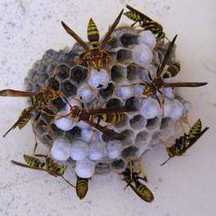 Removal of hives, bee swarm removal, yellow jacket removal, hornet removal, bumble bee removal and various of bee removal jobs. Bee removal Kansas City, KS experts will come out to your home or business and remove unwanted bee’s safely and at a reasonable price. Same day appointments for bee removal can be scheduled, if needed. Ready for bee control Kansas City, KS? Contact us today by calling 1-888-497-9069.
Removal of hives, bee swarm removal, yellow jacket removal, hornet removal, bumble bee removal and various of bee removal jobs. Bee removal Kansas City, KS experts will come out to your home or business and remove unwanted bee’s safely and at a reasonable price. Same day appointments for bee removal can be scheduled, if needed. Ready for bee control Kansas City, KS? Contact us today by calling 1-888-497-9069.
Bee, Wasp & Hornet Treatment
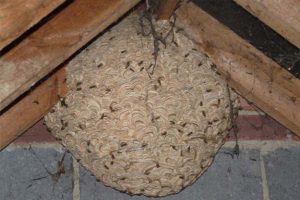 Bee, wasp or hornet treatment Kansas City, KS will require one of our bee specialists to come out to your home to perform a free inspection. They will arrive fully equipped to eliminate your bee issue. The bee exterminator will identify the location of the nest, depending on the type of stinging insect problem you have, and eliminate/remove the problems to protect your family’s health and safety. In the case of a hornets nest, the technician will treat the nest and return to remove it after insuring that all the pests have been killed.
Bee, wasp or hornet treatment Kansas City, KS will require one of our bee specialists to come out to your home to perform a free inspection. They will arrive fully equipped to eliminate your bee issue. The bee exterminator will identify the location of the nest, depending on the type of stinging insect problem you have, and eliminate/remove the problems to protect your family’s health and safety. In the case of a hornets nest, the technician will treat the nest and return to remove it after insuring that all the pests have been killed.
Bees are flying insects closely related to wasps and ants, known for their role in pollination and, in the case of the best-known bee species, the European honey bee, for producing honey and beeswax. For bee removal Kansas City, KS — contact us today!
Bee Extermination Kansas City, Kansas
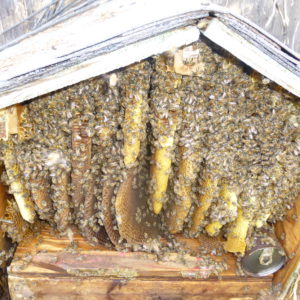 Assuming the bee's in question are not honeybee's, a Bro's Pest Control expert can exterminate them. Every year, beekeepers are called upon to give advice regarding the removal of honey bees (and other insect pests) from homes and buildings since honey bees are NOT to be exterminated. Honey Bee removal on the other hand, includes relocating the bee's to a different location. If you have a bumble bee, wasp or yellow jacket bee problem in Kansas City, KS -- then extermination can be done. For wasp, bumble bee, hornet or yellow jacket extermination Kansas City, KS -- please get in touch with Bro's Pest Control today!
Assuming the bee's in question are not honeybee's, a Bro's Pest Control expert can exterminate them. Every year, beekeepers are called upon to give advice regarding the removal of honey bees (and other insect pests) from homes and buildings since honey bees are NOT to be exterminated. Honey Bee removal on the other hand, includes relocating the bee's to a different location. If you have a bumble bee, wasp or yellow jacket bee problem in Kansas City, KS -- then extermination can be done. For wasp, bumble bee, hornet or yellow jacket extermination Kansas City, KS -- please get in touch with Bro's Pest Control today!
Kansas City, Kansas
Kansas City is the third-largest city in the state of Kansas, the county seat of Wyandotte County, and the third-largest city of the Kansas City metropolitan area.[2] Kansas City, Kansas is abbreviated as "KCK" to differentiate it from Kansas City, Missouri.[6] It is part of a consolidated city-county government known as the "Unified Government". Wyandotte County also includes the independent cities of Bonner Springs and Edwardsville. As of the 2010 census, the city had a population of 145,786 residents.[7] It is situated at Kaw Point, which is the junction of the Missouri and Kansas rivers.
In October 1872, "old" Kansas City, Kansas, was incorporated. The first city election was held on October 22 of that year, by order of Judge Hiram Stevens of the Tenth Judicial District, and resulted in the election of Mayor James Boyle. The mayors of the city after its organization were James Boyle, C. A. Eidemiller, A. S. Orbison, Eli Teed and Samuel McConnell. In June 1880, the Governor of Kansas proclaimed the city of Kansas City a city of the second class with Mayor McConnell present.
Bombus pensylvanicus, the American bumblebee or Sonoran bumblebee, is a species of bumblebee native to North America. It occurs in eastern Canada, throughout much of the United States, and much of Mexico.[2]
Bombus pensylvanicus tends to live and nest in open farmland and fields. It feeds on several food plants, favoring sunflowers and clovers.[3] Once the most prevalent bumblebee in the southern United States as its name suggests, populations of Bombus pensylvanicus have decreased significantly in recent years.[4]
